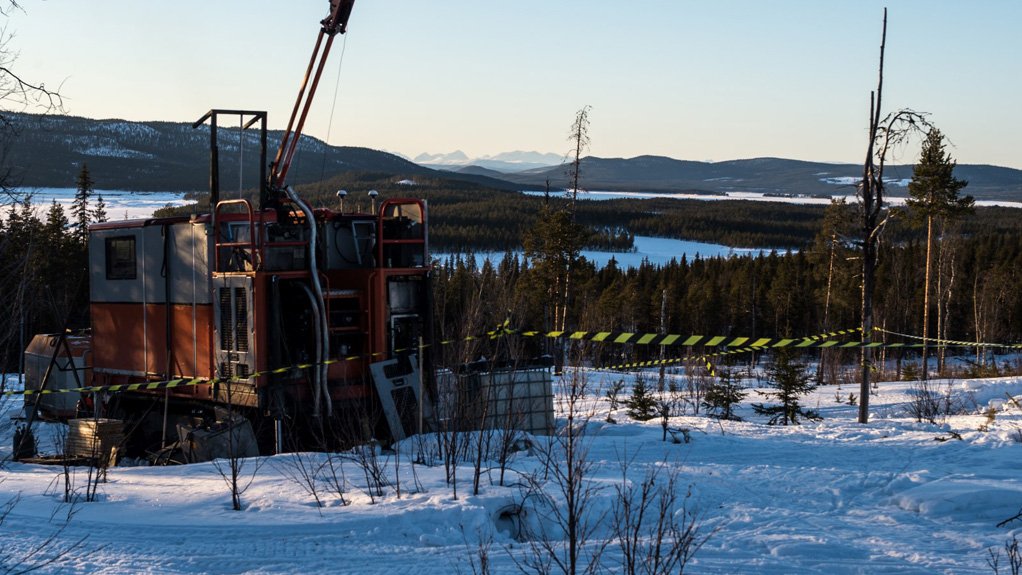JOHANNESBURG (miningweekly.com) – Beowulf Mining MD Kurt Budge said on Friday that he would be attending the politically important Almadalen Week in Visby next week to push the Swedish government for a decision on the Kallak iron-ore project, which has been awaiting approval for nearly three years.
This comes as the Aim-listed company’s application for an exploitation concession for the Kallak North project near the Laponia World Heritage site is back with the Swedish government – almost a year after the government had asked the Mining Inspectorate to conduct a further review.
Budge said that the Mining Inspectorate had returned the application to the government and that it had indicated that the environmental impact assessment (EIA) met the requirements of the Supreme Administrative Court’s (SAC’s) Norra Kärr judgment of 2016, which cancelled Tasman Metals’ Norra Kärr licence, citing a lack of environmental studies to support the future mining operation.
He also highlighted that the County Administrative Board (CAB) for Norrbotten had previously confirmed that the company’s EIA was sufficient.
"Yet despite the CAB writing to the government in July 2015, indicating that the company's application could be permissible with respect to Chapters 3 and 4 of the Environmental Code, the Mining Inspectorate is unable to decide on the company's application without a further opinion from the CAB.
"Since October 2014, and my involvement in this application process, no specific request for additional information, with respect to our application, has been made by any authority. More recently, neither the CAB, the RAÄ [Swedish National Heritage Board], nor NV [the Swedish Environmental Protection Agency] have specified where our application might be insufficient in the detail provided.
"The company has maintained that its application is comprehensive, a fact now confirmed by the Mining Inspectorate, and by the CAB's past statements,” Budge said.
Addressing the project’s proximity to Laponia, which was granted World Heritage status in 1996, he stressed that guideline for a boundary of a protected area is typically so large that exploitations outside the area should not have an impact on the core value of the world heritage site.
"Kallak is one thousandth of the size of Laponia, an area of 13.6 km2, compared to Laponia's 940 000 km2. Kallak is approximately 34 km from eastern Laponia at the closest point, and further away as Laponia extends to the north and west.
"Since 2014, the Swedish Minerals Act and the Environmental Code have not changed, neither has our application, and Laponia was in existence. In 2015, the CAB supported our application, the Mining Inspectorate recommended the concession be awarded, and now we have it confirmed by the Mining Inspectorate that our EIA is consistent, in the detail provided, in meeting the requirements of the SAC judgement.
"We trust the government will see the facts for what they represent, that we have met the requirements of the Swedish Minerals Act and Environmental Code, and that we should be allowed to take the Kallak project forward in partnership with the community in Jokkmokk,” Budge said in a statement.
Edited by: Creamer Media Reporter
EMAIL THIS ARTICLE SAVE THIS ARTICLE
ARTICLE ENQUIRY
To subscribe email subscriptions@creamermedia.co.za or click here
To advertise email advertising@creamermedia.co.za or click here













